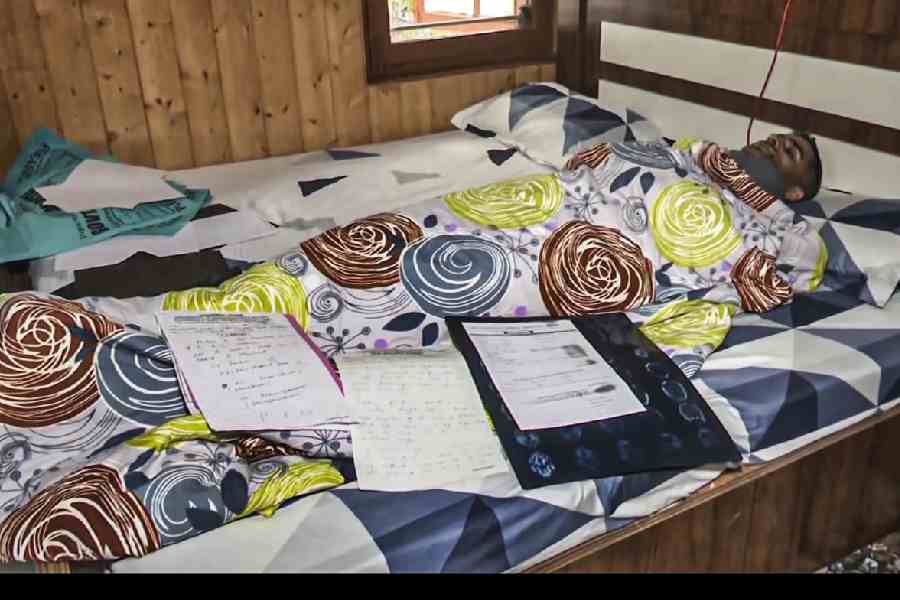|
|
| Lady of many parts |
Dipali Nag, whose busy life ended at the age of 87 on December 20, last year, set standards that most would find hard to match. She was an MA in English Literature, studied Western music at Trinity College, and was trained from girlhood in Hindustani classical music by Tasadduq Hussain and Bashir Khan, the main teaching ustads of the Agra gharana, with advanced training by Ustad Faiyaz Khan from 1938 till her marriage.
She was a regular khayal performer at music conferences of yore all over India and on AIR. Her interviews of classical maestros on radio and later on television were trailblazers. So were her 78-rpm shellac recordings of Bengali raag-pradhan songs. The last made her a household name in Bengal in the first half of the 20th century. Many of these had lyrics by Kazi Nazrul Islam. This was despite the fact that her Bengali pronunciation had Agra flavour. “Why do you say punchum for ponchom?” Nazrul had asked her while vetting her for her first Bengali recording session, “Are you a Hindustani?” In a short while, she floored him by setting one of his song lyrics to the tune of Faiyaz Khan’s Jaijaiwanti chhota khayal, “More mandar abalo”. The rest was history.
Her raag-pradhan records sold like hot cakes and she became a Bengali composer and lyricist of substance as well.
Her father, J.C. Taluqdar, the Mughal historian, spared no pains to make his daughter an accomplished gentlewoman. There were horse-riding, hockey and tennis lessons, along with drawing lessons by Anattar Hussain, not to speak of walking with an apple on her head under the watchful eyes of a European instructress. But the lessons did not include cooking and household management.
So Dipali was all at sea after her marriage to B.D. Nag Chowdhury (of Nag Missile fame), then a fresh PhD from Berkley. There was a continuous flow of visitors and unending parties, with the absent-minded professor totally oblivious of the wherewithal to fuel these. With cookbooks and emergency funds from her mother, she soon became a master homemaker and hostess, and her parties in Calcutta and New Delhi became legends, along with the numerous mehfils she organized in them. She wrote, broadcast and lectured all over the world in the final half of her life and her Sangeet Natak Akademi book on Faiyaz Khan (1985) is among the best on the maestro.
Musically speaking, her khayals were in the dyed-in-the-wool Agra style of Bashir Khan with lilt here and there absorbed from her ‘hero’ Faiyaz. There were some lady-like rhythmic movements as well that could count as her personal inputs. Slow tempo khayals in ragas like Nat Bihag or Gara Kanada were a rarity in Calcutta even in the 1960s, when enthusiasts like me were going through their ropes. Dipali Nag usually sang these in an impeccable Agra format and greatly aided our understanding of both the style and the ragas.
I got to know her personally rather late in life and she told me (among other things) that she liked my “forthright” style of music reviewing. May her soul trill in the company of angels.












